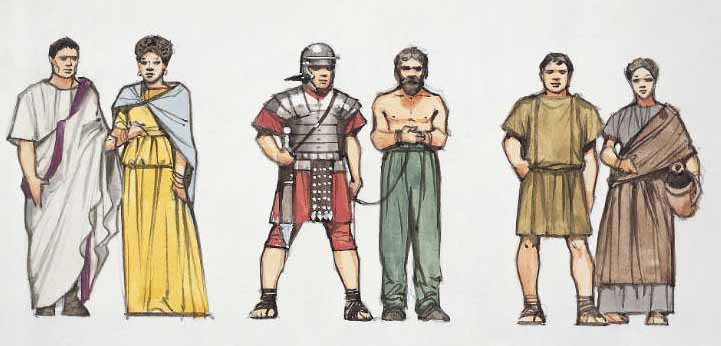

The imperial city of Rome was the largest urban center of its time, with a population of about one million people (about the size of London in the early 19th century, when London was the largest city in the world), with some high-end estimates of 14 million and low-end estimates of 450,000. The public spaces in Rome resounded with such a din of hooves and clatter of iron chariot wheels that Julius Caesar had once proposed a ban on chariot traffic during the day. Historical estimates show that around 20 percent of the population under jurisdiction of ancient Rome (25-40%, depending on the standards used, in Roman Italy) lived in innumerable urban centers, with population of 10,000 and more and several military settlements, a very high rate of urbanization by pre-industrial standards. Most of these centers had a forum, temples, and other buildings similar to those in Rome.
Economy, Finance, Trade, Currency
ANCIENT AND LOST CIVILIZATIONS